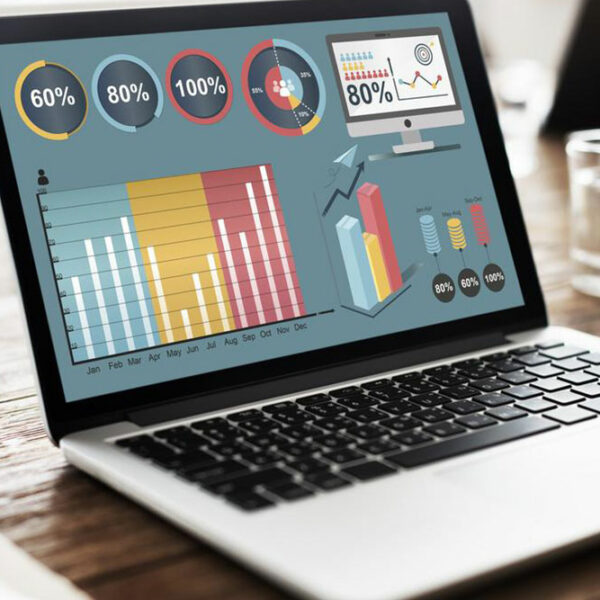A brief overview of predictive analytics
Predictive analysis is an advanced branch of analytics. Business enterprises generate a large amount of data, some of which are structured while most are unstructured. This vast data is a virtual information mine; one can effectively predict the future risks and options by mining this vast treasure trove using various techniques of data mining such as machine learning, artificial intelligence, various modeling techniques, and analytical methods together with management and information technology.

Structured data are definitive information like age, income, sales, etc. The unstructured data are information in text messages from various sources like posts in social media, notes from call centers, and the like. These are to be extracted along with the sentiment associated with the statement and then used in the modeling exercise. The outcome helps companies to anticipate and be proactive rather than being reactive or working on hunches with all the associated uncertainties.
The process of predictive analytics involves the following steps.
- The first thing is to define the project, its desired outcomes, deliverables, the required effort, business objectives, and identification of relevant data.
- Mining the identified data mines for predictive analytics prepares the data from multiple sources for effective analysis. This gives a comprehensive view of the customer interactions.
- Data analysis, the next step, is inspection, cleaning, and modeling to discover useful information to draw conclusions.
- Statistical analysis then enables the validation of hypotheses, assumptions, and enables one to test them with standard models.
- Predictive modeling then creates the ability to automatically generate accurate models about the future. It throws up options to choose and their multi-model evaluation. The model can be used in every day working to automate decision making and generate reports.
- After this, monitoring the model ensures that the system is providing the desired outcomes.
- Prescriptive analytics helps automate complex decisions and tradeoffs to predict and proactively update suggestions based on the changing scenario to make the best use.
Predictive analytics find applications in businesses, health care, collection, sales, fraud detection, and a host of other fields including security. Needless to say the field is very fertile for innovations and there are myriads of software companies providing solutions.





